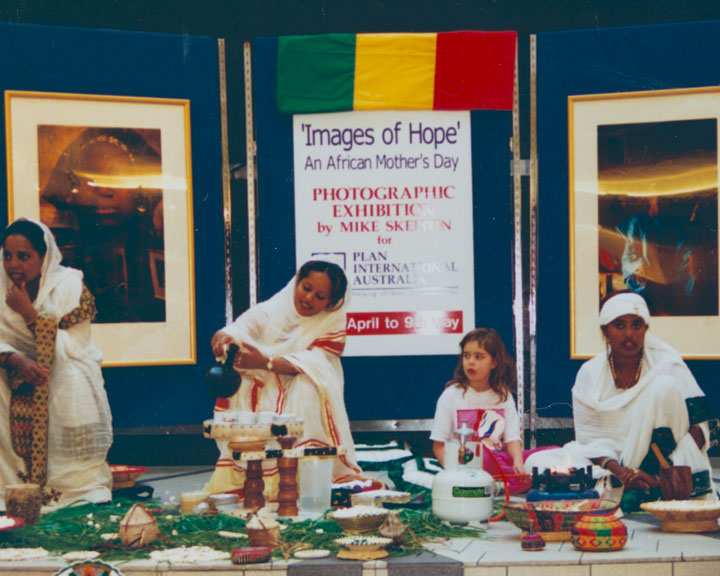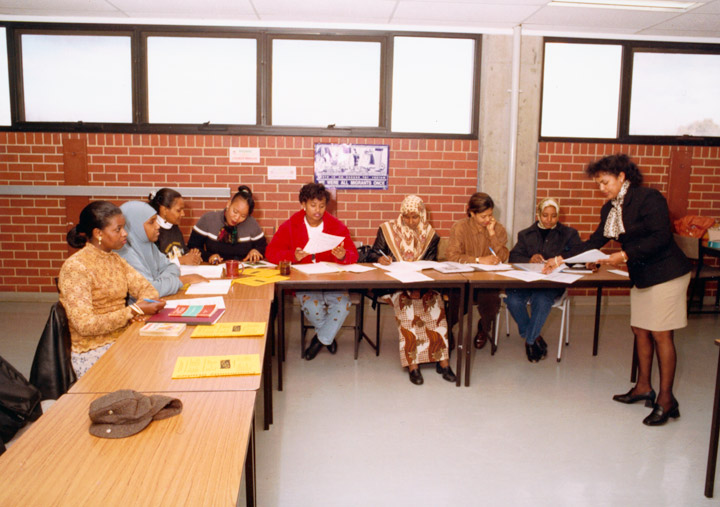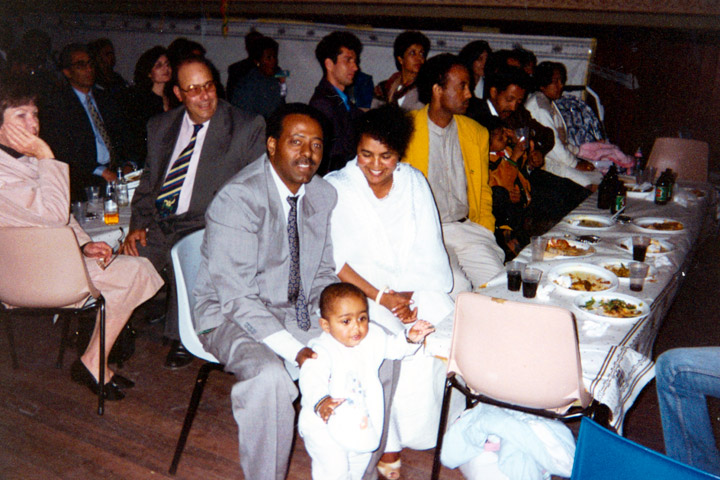Immigration History from Ethiopia to Victoria
The Ethiopia-born community in Australia is a recently-established community, with the earliest migrants arriving during the 1970s when the ‘Derg’ socialist government assumed power in Ethiopia. The government repressed its opponents, and between 1977-78 over 30,000 people were imprisoned and several thousand killed on suspicion of anti-government activity.
As armed conflict with the opposition groups erupted, over half a million refugees fled to neighbouring countries. Ethiopian refugees waited in Djibouti, Somalia, Kenya, Sudan and Egypt before being accepted in Australia under the refugee and humanitarian programs. Drought and famine in the mid-1980s caused further distress and displacement.
The fall of the Derg regime in 1991 failed to end political persecution, and Ethiopians continued to flee their country. Since that time Victoria has become home to the largest population of Ethiopia-born migrants in Australia, with 4,490 recorded in the 2011 census, and growing to a population of 6,371 in the 2016 census. 28% of Ethiopian-born workers listed that they were employed in the Community and Personal Services sector, followed by 18% of workers are employed in labouring positions. Much of the community lives in Melbourne’s western suburbs such as Footscray.
The Ethiopia-born population in Victoria is a vibrant mix of diverse cultures, including the Amhara, Oromo, Tigray and Harari (also known as Adaree), each with a distinct sense of community and tradition. This cultural diversity is reflected in the number of religions followed and languages spoken at home.
Support services are provided by organisations including the Ethiopian Community Association in Victoria and the Hararian Community Association.
Immigration History from Ethiopia (Amharic) to Victoria
በ 19070ዎቹ የደርግ ሶሻሊስታዊ መንግሥት ሥልጣን በያዘበት ወቅት የመጡ ሠፋሪዎችን አክሎ የኢትዮጵያ ተወላጅ ማኅበረሰብ በቅርቡ እየደረጀ ይገኛል። የወቅቱ መንግሥት ተቃዋሚዎቹን አፈነ፣ በ1977-78 መካከል ከ30, 000 በላይ ሰዎች ለእሥራት ተዳረጉ፣ በአያሌ ሺህዎች የሚቆጠሩትም በፀረ-መንግሥት እንቅስቃሴ ተጠርጥረው ተገደሉ።
የትጥቅ ትግል እንቅስቃሴ ከተቃዋሚ ቡድኖች ጋር ሲፈነዳ፤ ከግማሽ ሚሊዮን በላይ ስደተኞች ወደ ጎረቤት አገር ተሰደዱ። ኢትዮጵያውያን ስደተኞች በአውስትራሊያ ሰደተኛና ሰብዓዊ ፕሮግራሞች ተቀባይነት ከማግኘታቸው በፊት በጅቡቲ፣ ሶማሊያ፣ ኬንያ፣ ሱዳንንና ግብፅ ውስጥ ቆይተዋል። ድርቅና ረሃብም በ1908ዎቹ አጋማሽ ላይ ብርቱ ስቃይና መፈናቀልን ፈጥረዋል።
በ1991 የደርግ አገዛዝ መውደቅ የፖለቲካ መንገላታቱን እንዲያከትም ባለማድረጉ ኢትዮጵያውያን ካገራቸው መፍለሱን ቀጠሉ። ከዚያን ጊዜ ጀምሮም ቪክቶሪያ በርካታ ለሆኑ የኢትዮጵያ ተወላጅ ሠፋሪዎች መኖሪያ ለመሆን በቃች፤ በ2011 ዓመተ ምህረት የሕዝብ ቆጠራም 4,490 ኢትዮጵያውያን ተመዝግበዋል። ዛሬ በርካታዎቹ የኢትዮጵያ ተወላጅ ቪክቶርያውያን በማምረቻ፣ ትራንስፖርትና የጉልበት ሥራዎች ላይ ተቀጥረው የሚገኙ ሲሆን፤ ከሠራተኞቹ 17% ያህሉም በሥራ አሥኪያጅነት ወይም በፕሮፌሽናል ሙያዎች ተሰማርተው ይገኛሉ። በርካታ የማኅበረሰቡ አባላትም ፉትስክሬይን በመሳሰሉ የሜልበርን ምዕራባዊ ቀበሌዎች ውስጥ ይኖራሉ።
የኢትዮጵያ ተወላጆች ማኅበረብ በቪክቶርያ አማራ፣ ኦሮሞ፣ ትግሬና ሃረሪ ( እንዲሁም አደሬ በመባል የሚታወቁትን) አክሎ ከተለያየ የማኅበረሰብና ልማድ ባለቤትነት ጋር የደማቅ ቅይጥ ባህሎች ውህድ ነው። ይህ ባህላዊ ዝንቅነት አገር ቤት የሚከተሏቸው ሃይማኖቶችና የሚናገሯቸው ቋንቋዎች ነፀብራቆች ናቸው።
የድጋፍ አገልግሎቶች የኢትዮጵያውያን ማኅበረሰብ ማኅበር በቪክቶርያና የሃረሪ ማኅበረሰብ ማኅበርን ባካተቱ ተቋማት ይሰጣሉ።



